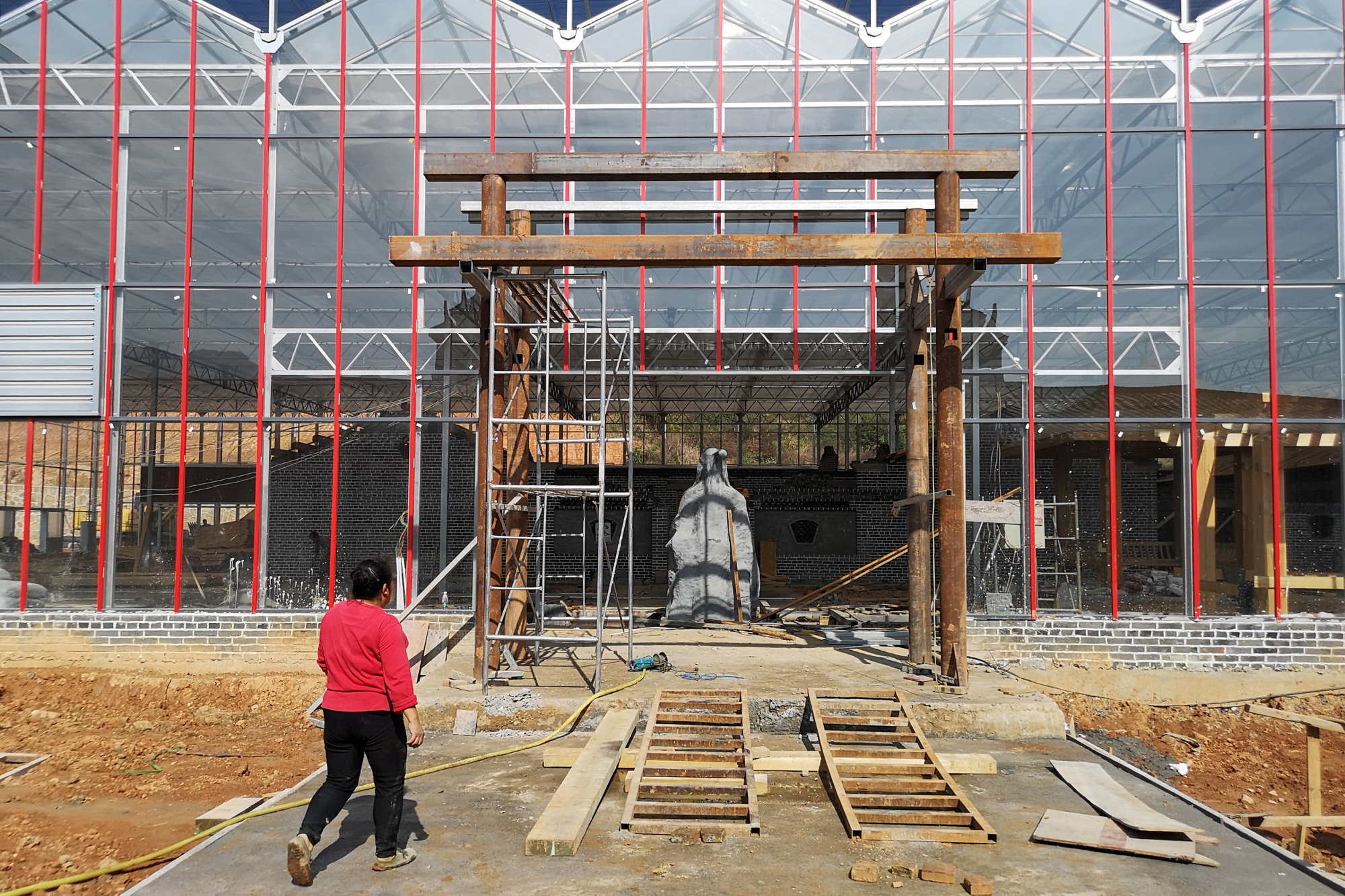In the heart of an impoverished village in southern China, a life-sized statue of Mao Zedong sits on a platform adorned with intricate stonework, flanked by a diorama of Red Army soldiers and traditional brick-and-tile homes with curved roofs.
Officials have spent a small fortune on the project that has transformed the village of Shazhou, in Hunan province, into an open-air museum dedicated to the Chinese Communist Party. But few tourists have come to peer at the inscription at the foot of Mao's statue, or take selfies in front of the heroes of the revolution.
The "red tourism" project was the brainchild of the former Communist Party chief of the local county, Rucheng, and cost 300 million yuan ($44 million). But it has yet to produce a profit, just like the string of public gardens, town squares and office buildings that the county has built in recent years.


















With your current subscription plan you can comment on stories. However, before writing your first comment, please create a display name in the Profile section of your subscriber account page.